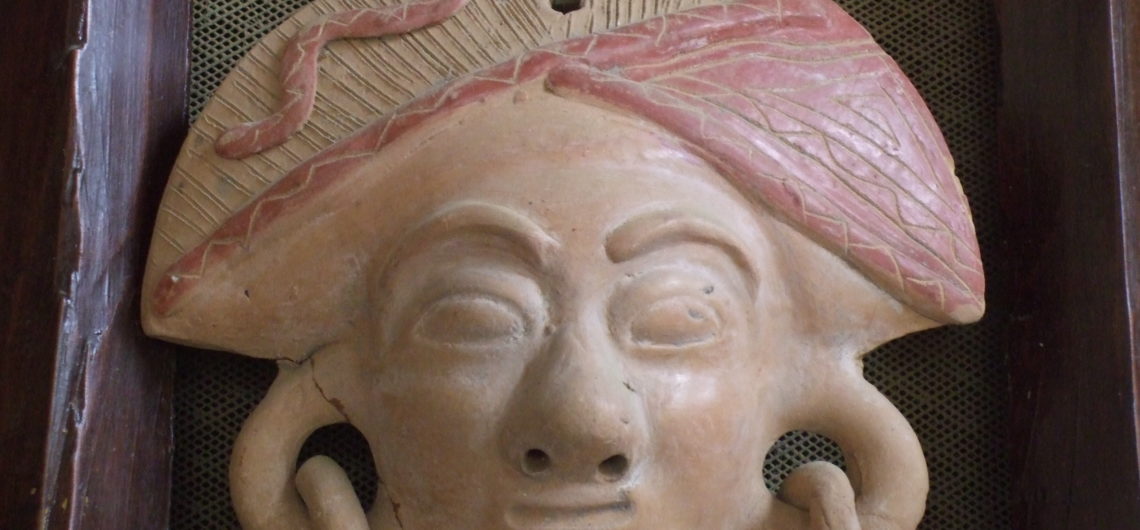Ecuador is home to a rich and diverse archaeological heritage, with numerous sites that offer insights into the ancient cultures that once thrived in this region. Here is a detailed post about some of the most significant archaeological sites in Ecuador, along with descriptions and information about the cultures associated with each site:
- Ingapirca:
- Location: Cañar Province, Southern Ecuador.
- Date: Ingapirca was built by the Inca Empire during the 15th century, but it was constructed on earlier Cañari foundations dating back to around 500 AD.
- Description: Ingapirca is the largest and best-preserved Inca archaeological site in Ecuador. It includes a temple, terraces, and an elliptical plaza. The site served as an administrative and religious center for the Inca in the region.
- Valdivia Culture Sites:
- Location: Coastal regions of Ecuador, particularly around Guayas and Manabí.
- Date: The Valdivia culture dates back to around 3500–1800 BC.
- Description: The Valdivia culture is one of the oldest known cultures in the Americas. Their sites include remains of villages and pottery. They were known for their distinctive figurines and were among the earliest practitioners of agriculture in the region.
- Cara Culture Sites:
- Location: Coastal areas of Ecuador, particularly the Santa Elena Peninsula.
- Date: The Cara culture flourished around 500 BC to 500 AD.
- Description: The Cara culture is known for its impressive stonework, including megalithic stone heads. They were skilled traders and potters and had connections with other Andean cultures. Their sites provide evidence of their advanced metallurgy and agricultural practices.
- Cochasquí:
- Location: Imbabura Province, Northern Ecuador.
- Date: Cochasquí is believed to have been built by the Quitu-Cara culture around 900 AD.
- Description: Cochasquí is an important pre-Inca astronomical site. It features a series of mounds and pyramids aligned with celestial events, including solstices and equinoxes. The site’s purpose was likely related to agricultural and religious ceremonies.
- Pumapungo:
- Location: Cuenca, Azuay Province, Southern Ecuador.
- Date: Pumapungo was originally established by the Canari people around 500 AD and later expanded by the Inca Empire.
- Description: Pumapungo is an archaeological complex that includes Inca ruins, a museum, and a garden. It was a significant Inca city known for its stunning stone architecture and irrigation systems. The site offers insights into both Canari and Inca cultures.
- Agua Blanca:
- Location: Machalilla National Park, Manabí Province, Coastal Ecuador.
- Date: The site dates back to the Manteno culture, which existed from 800 AD to 1532 AD.
- Description: Agua Blanca is a well-preserved Manteno archaeological site. It features pyramids, plazas, and a museum displaying artifacts from the region’s ancient cultures. The site was an important trading center and offers a glimpse into the lives of the Manteno people.
These archaeological sites in Ecuador provide valuable insights into the country’s rich and diverse history, spanning thousands of years and various pre-Columbian cultures. Exploring these sites allows visitors to connect with the ancient civilizations that once thrived in this region.




Comments